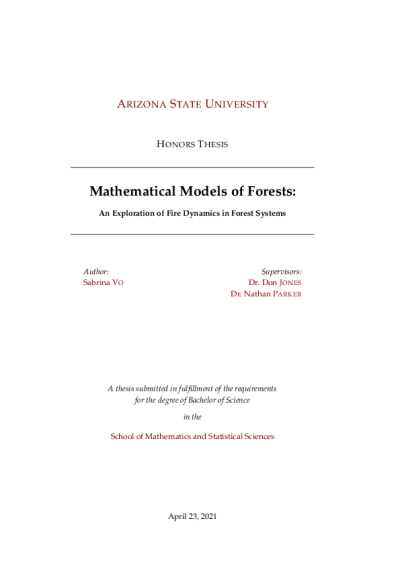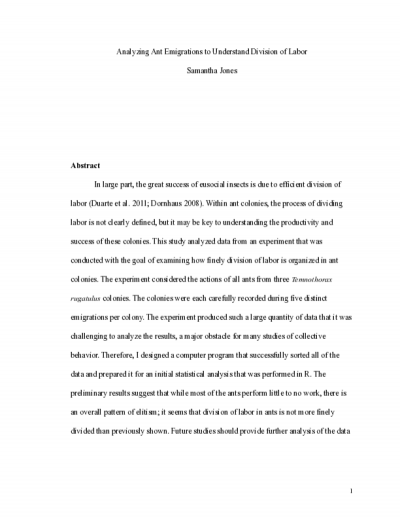Keeping in School Shape: A Descriptive and Interpretive Analysis of the Activity of Ten Students in a Calculus Review Program Conducted Over an Academic Break

Description
Learning loss occurs during academic breaks, and this can be detrimental to student success especially in sequential classes like Arizona State University’s Engineering Calculus sequence in which retention of the topics taught in a prior class is expected. The Keeping in School Shape Program (KiSS) is designed as a cost effective, efficient, and accessible way of addressing this problem. The KiSS program uses push technology to give students a way to regularly review material over academic breaks while also fostering a growth mindset.Every day, during an academic break, students are sent a link via text message or email to access a multiple-choice daily review problem which represents material from a previous course that is requisite for success in an upcoming course. Before solving the daily problem, students use a 5-point scale to indicate how confident they are that they can solve the problem. Students then complete the daily review problem and have a variety of resources to support them as they do so, as well as options after they complete it. Students are able to view a hint and try a problem again, view a solution, and attempt a challenge problem. On Tuesdays (aka 2’s-Days) students are given the opportunity to complete either an additional daily review problem or an additional challenge problem, and on Sundays (aka Trivia Days) students can decide between completing only a mathematics trivia question or trivia along with the daily review problem.
There is much to be learned from each individual student who participates in the KiSS program. Three surveys were conducted during the Winter Break 2020 KiSS program that gave insight into students’ experience in the KiSS program along with their personal background and mindset regarding mathematics. Ten students responded to all three of these surveys. This thesis will present a case study for each of these ten students based on their data from program participation and survey responses. Conclusions will be drawn regarding ways in which the KiSS program is helping students and ways in which it can be improved to help students be better prepared for their upcoming studies.
Date Created
The date the item was original created (prior to any relationship with the ASU Digital Repositories.)
2021
Agent
- Author (aut): Vandenberg, Jana Elle
- Thesis advisor (ths): Van de Sande, Carla
- Committee member: Jones, Donald
- Committee member: Milner, Fabio
- Committee member: Verdín, Dina
- Publisher (pbl): Arizona State University






